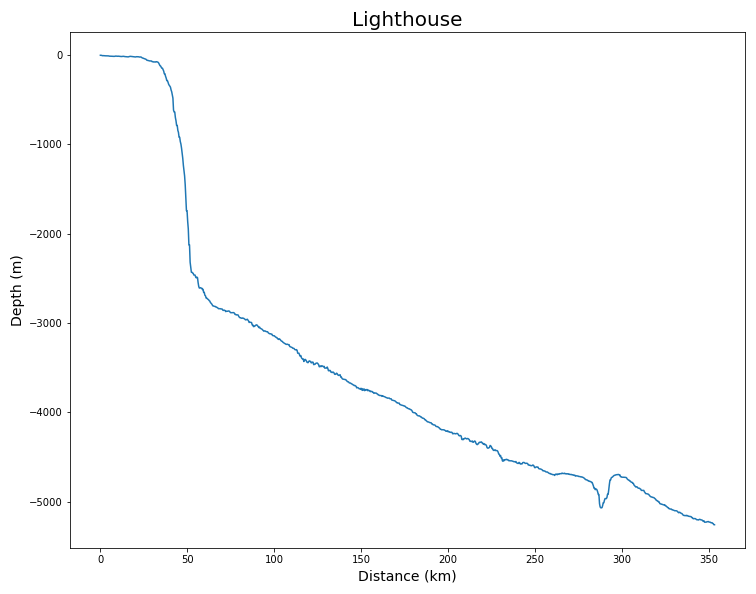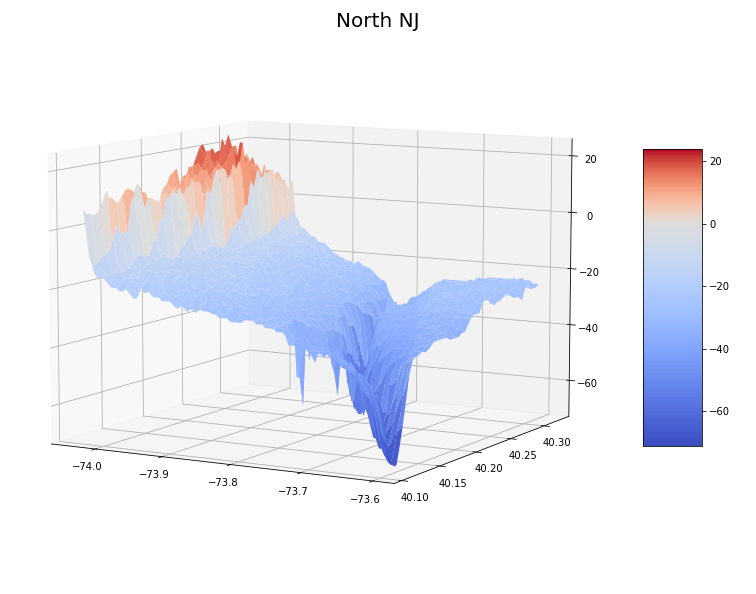Coastlines
Under Construction
Surfing the East Coast: Why the Continental Shelf Matters
If you’ve spent time surfing along the East Coast, you know that not all breaks are created equal. From Florida to New York, the coastline is lined with miles of sand-bottom beach breaks, but their quality can vary dramatically—year to year, and even sandbar to sandbar.
Beyond the Beach: What Lies Beneath
One major factor that influences wave quality is the underwater topography, especially the depth just offshore. This varies significantly along the coast. For instance, the waters off North Carolina’s Outer Banks are much deeper than those off Virginia Beach. The reason? The shape and slope of the continental shelf. See these charts below:


As you can see, Cape Hatteras has a much steeper drop off much closer to the shoreline. Compared to Virginia Beach, which has a much longer and shallower continental shelf, it makes sense that swells make it to the OBX with more energy than it’s neighbor to the north. Next up is Northern New Jersey, where the waves are somewhat comparable to the OBX:

Although the continental shelf doesn’t drop off as fast, you can see that the offshore depths are still much greater than Virginia Beach. This is one of the reasons that shorter period (8-10 seconds) makes it to the beach with a lot more energy. However, longer period swells will still feel the bottom moreso than at Hatteras Island.
Why the Continental Shelf Affects Your Surf
To understand why this matters, it’s important to know that ocean swells aren’t just surface-level phenomena—they extend deep underwater. The depth of this energy depends on the swell’s period: longer-period swells reach deeper into the ocean. In deep water, swell energy travels freely, untouched by the sea floor. But as it approaches shore, it begins to interact with the bottom, creating friction and losing energy.
As surfers, we want waves to hit the beach with as much power and shape as possible. That means we prefer areas where the seabed drops off quickly—minimizing that friction and preserving the swell’s energy.
Regional Breakdown
North New Jersey also has the Hudson Canyon that plays a role on some swells. This feature can be seen in the figure below:

This feature helps to focus more south swell energy to Monmouth County, whereas Long Island would see more power from East swells. As for New Jersey, this is due to the canyon causing refraction that could potentially bend the swell a bit more to our area.
Acknowledgements
All data for this page was sourced from GEBCO bathymetric data. See reference below:
GEBCO Compilation Group (2023) GEBCO 2023 Grid (doi:10.5285/f98b053b-0cbc-6c23-e053-6c86abc0af7b)